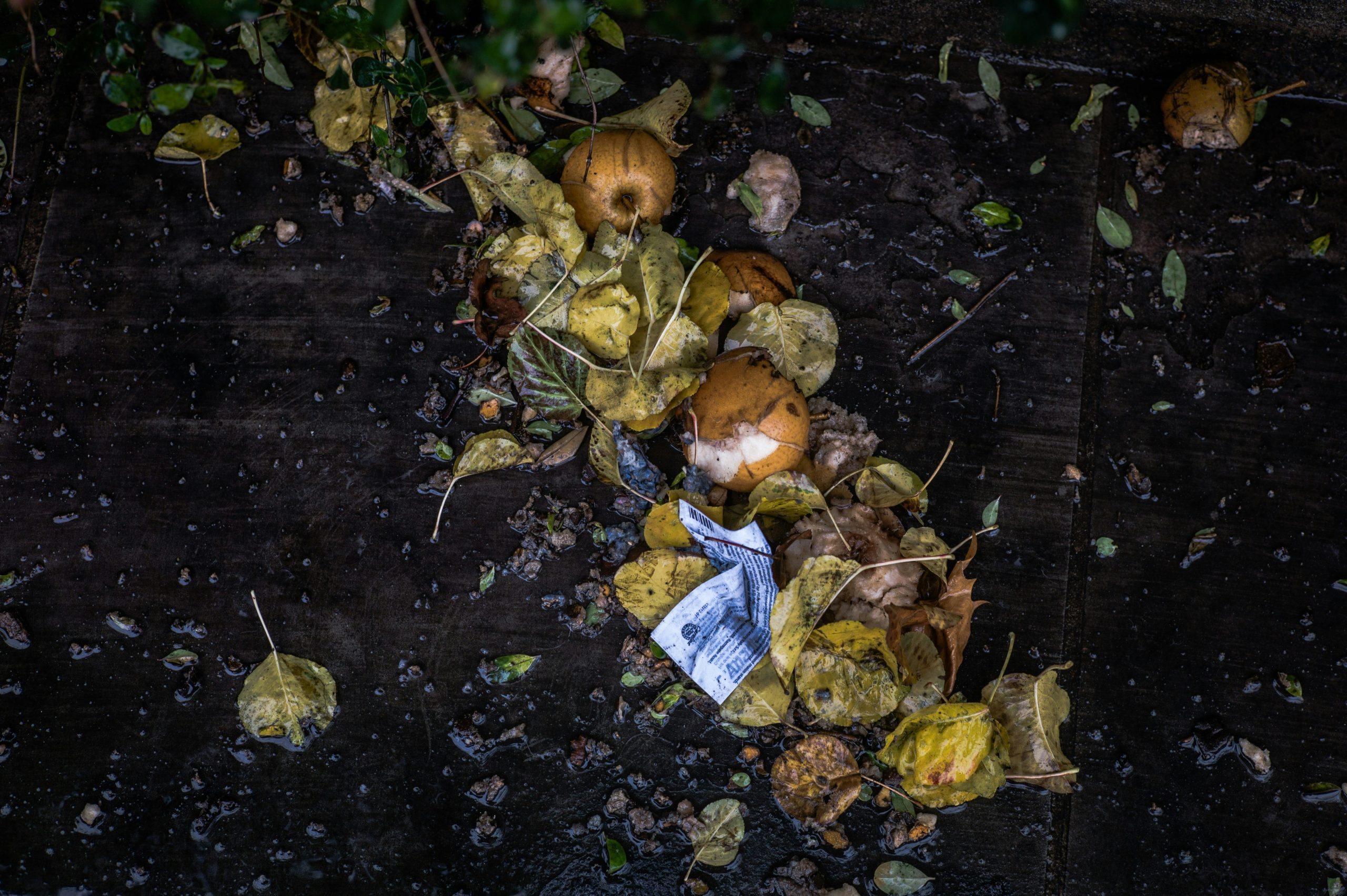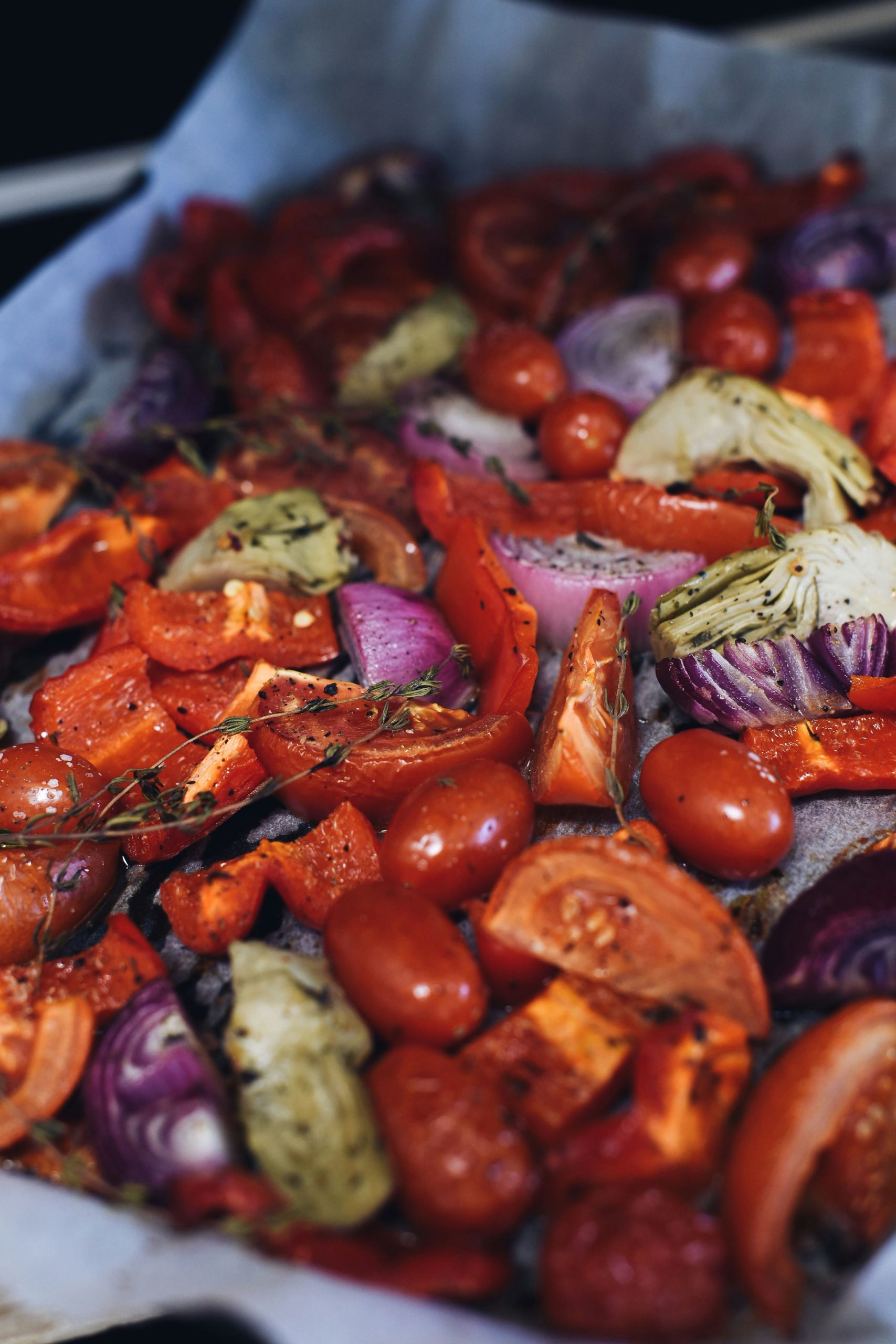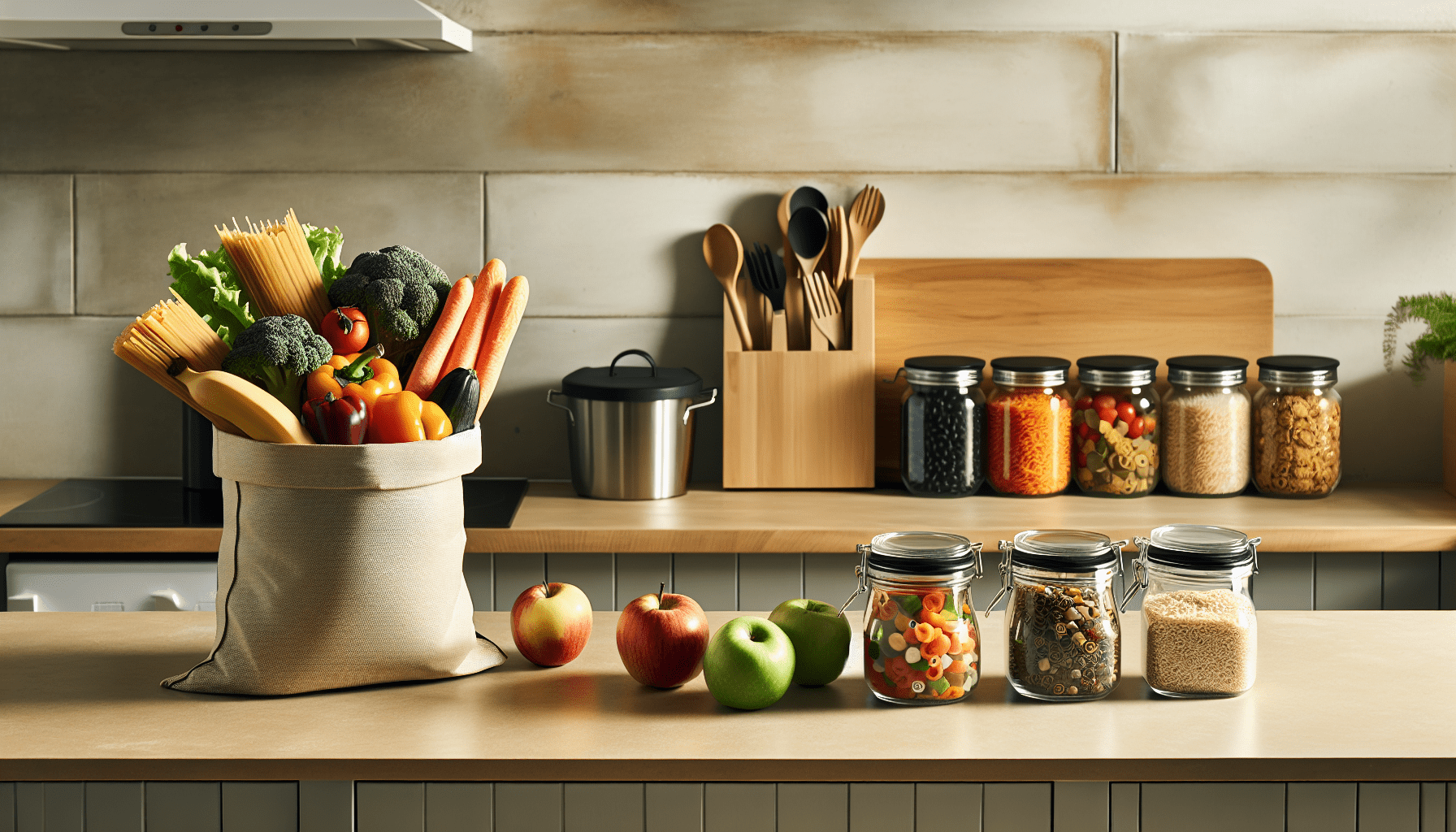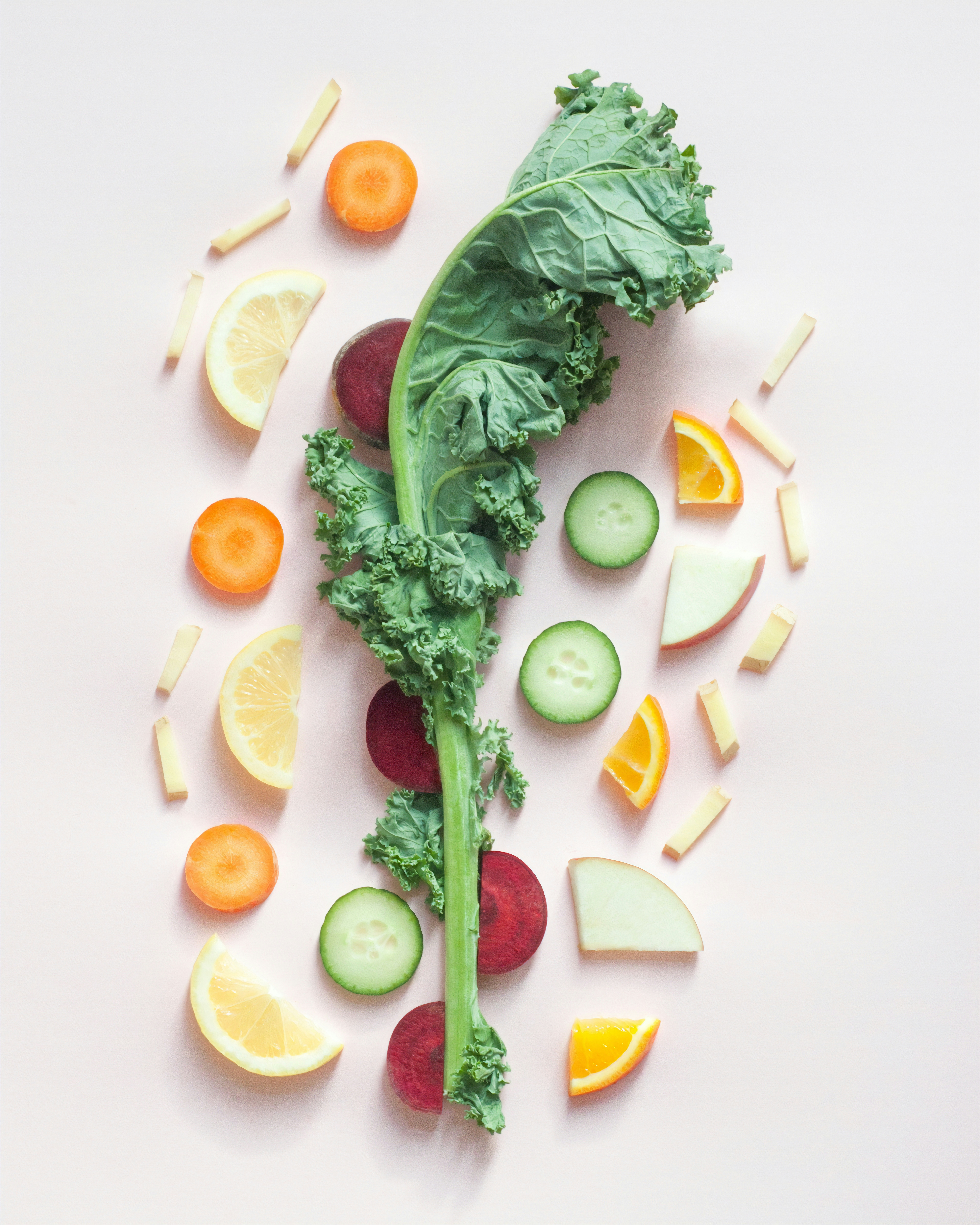In our daily lives, food waste is a significant issue that impacts both our wallets and the environment. In “How Can I Reduce Food Waste At Home?” we explore practical and straightforward ways to minimize the amount of food we throw away. From smart shopping habits and creative meal planning to proper storage techniques and inventive recipes for leftovers, we’ll discover how small changes can make a big difference in reducing food waste at home. Together, let’s create a more sustainable and efficient kitchen! How often do we find ourselves throwing away wilted lettuce, moldy bread, or leftovers that have lurked too long in the fridge? Food waste is a daunting issue that not only hits our wallets but also significantly impacts the environment. So, how can we reduce food waste at home?

Understanding Food Waste
Before diving into the strategies to reduce food waste, it’s essential to understand what food waste is and why it’s a problem. Food waste occurs at multiple stages, from production and distribution to retail and consumption. At home, it often happens because we buy too much, cook in excess, or improperly store our food.
The Environmental Impact
Food waste is not just about the food itself. It’s also about the waste of all the resources that went into producing that food, such as water, energy, and labor. When food ends up in landfills, it decomposes anaerobically and produces methane—a potent greenhouse gas contributing to climate change.
The Economic Impact
Wasting food is akin to throwing money away. According to estimates, the average family of four throws away around $1,500 worth of food every year. By reducing waste, we can save a significant amount of money.
Planning and Shopping Smart
One of the best ways to reduce food waste is by planning and shopping smart. By adopting a more intentional approach to how we buy food, we can make sure we’re not purchasing more than we need.
Make a Shopping List
Creating a shopping list based on a meal plan for the week can drastically reduce the chances of buying ingredients that we won’t end up using.
Steps to Create an Effective Shopping List:
| Step | Description |
|---|---|
| 1. Inventory Check | Check what you already have in the pantry and fridge. |
| 2. Meal Plan | Outline meals for the week considering leftover nights. |
| 3. Portion Control | Plan meals with realistic portion sizes. |
| 4. List Creation | Write down the items needed for your planned meals. |
Shop with Intention
When we’re at the store, sticking to the list can help avoid impulsive purchases and overbuying. Also, understanding the difference between “sell-by,” “use-by,” and “best-before” dates can help us make better purchasing decisions.
Proper Storage Techniques
Knowing how to store food properly can extend its life, reduce spoilage, and decrease the likelihood of waste.
Refrigerator Organization
A well-organized fridge is crucial. Different parts of the fridge are more suitable for storing various foods:
| Fridge Section | Ideal Foods |
|---|---|
| Top Shelves | Ready-to-eat foods like leftovers, drinks, herbs |
| Middle Shelves | Dairy products, eggs, cooked meats |
| Bottom Shelves | Raw meat, poultry, fish (to prevent cross-contamination) |
| Crisper Drawers | Fruits and vegetables (separated to reduce ethylene-induced spoilage) |
Freezing Correctly
Freezing can be a game-changer for long-term storage. Ensure that food is properly sealed in freezer-safe bags or containers and labeled with the date.
Freezing Tips:
- Blanch vegetables before freezing to retain vitamins and taste.
- Freeze food in small, manageable portions.
Cooking and Repurposing Leftovers
Cooking creatively and repurposing leftovers can not only save food but also make mealtime easier and sometimes even more exciting.
Batch Cooking
Batch cooking is preparing larger quantities of meals and freezing portions for later use. It negates the need to cook frequently and helps in using up entire ingredients, reducing waste.
Creative Leftovers
Leftovers don’t have to be a bore. They can often be repurposed into entirely new and delicious meals.
Examples of Leftover Transformations:
| Leftover | New Dish Example |
|---|---|
| Roast Chicken | Chicken salad, sandwiches, soups |
| Rice | Fried rice, rice pudding, stuffed vegetables |
| Vegetables | Frittatas, casseroles, stews |

Composting
Even with the best intentions, some food waste is inevitable. Composting is an excellent way to turn organic waste into nutrient-rich compost for gardens.
Starting a Compost Bin
Setting up a compost bin is simpler than it seems. Whether it’s an outdoor compost pile or a small indoor compost bin, we can divert a significant portion of our food waste from landfills.
Compostable Materials:
- Fruit and vegetable scraps
- Coffee grounds and filters
- Eggshells
- Grass clippings and leaves
Maintaining the Compost
For effective composting, maintain a balance of green (nitrogen-rich) and brown (carbon-rich) materials, ensuring proper aeration and moisture levels.
Mindful Eating and Portion Control
Being mindful about how much we’re eating and serving can also cut down on waste.
Understanding Portions
Understanding and controlling portions ensures that we’re not cooking or serving more than necessary. Tools like measuring cups, scales, and portion control guides can help.
Mindful Eating Practices
Mindful eating practices, such as eating slowly and savoring each bite, can decrease the likelihood of over-serving and consequently, food waste.
Reducing Waste with Innovative Ideas
Employing innovative ideas and getting creative in the kitchen can lead to reducing food waste in fun and manageable ways.
Zero-Waste Cooking
Zero-waste cooking focuses on using every part of an ingredient, which can introduce us to new and exciting recipes.
Examples of Zero-Waste Tips:
- Use vegetable peelings to make stock
- Turn stale bread into breadcrumbs or croutons
Creative Recipes for Food Scraps
Some food scraps that we often discard can be the star of a new dish.
Creative Recipes:
- Broccoli stems: Can be shredded into coleslaw or added to stir-fries.
- Citrus peels: Can be candied or zested into baked goods.
Educating Ourselves and Others
Informing ourselves and our families about the impact of food waste and how to reduce it can make a huge difference.
Community Involvement
Joining community initiatives or starting a food waste awareness group can help spread the message and involve others in making impactful changes.
Educating Kids
Teaching kids about food waste and involving them in meal planning, shopping, and cooking can instill lifelong habits that contribute to a more sustainable lifestyle.

Conclusion
Reducing food waste at home is a task that requires awareness, planning, and a willingness to change our habits. By understanding the impact of food waste, planning our meals, storing food properly, repurposing leftovers, composting, controlling portions, and embracing innovative ideas, we can significantly cut down on the food we waste, saving money, and contributing to a healthier planet. Let’s commit to making these changes together, for the benefit of our wallets, our communities, and our environment.




